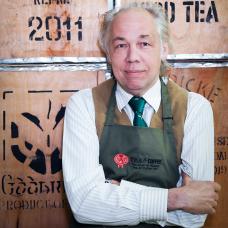About Russian Tea: History, Benefits and More

Russia is home to a thriving, centuries-old Tea culture. Some suggest that around 80% of the country’s population drinks it. Phrases associated with the local industry include “Russian Samovar,” “Russian Tea Urn”.
The following article will explore the meaning behind each of these terms and much more – so please keep reading!
You’ll be happy to know, too, that we stock many types of Russian Tea here at The Kent and Sussex Tea and Coffee Company. From Russian Breakfast Tea to Russian Earl Grey; Loose Caravan Smoky Tea to even one named after Tsar Nicolas II, the choices are plentiful.
We pack them all fresh to order here at our Kent-based factory, ensuring quality and consistency from first to last sip.
Table of contents
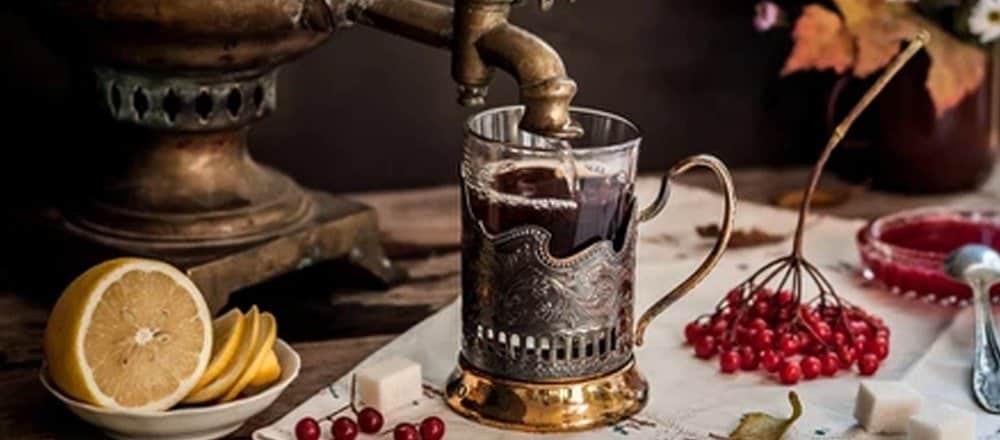
What is Russian Tea?
Russian Tea is, in some respects, a misnomer. The leaves used in these infusions do, indeed, come from the Camellia sinensis (Tea) plant. However, most plants do not grow in Russia; rather China and India.
There are examples of Tea-growing in the country, although it is mostly limited to small areas such as Krasnodar and Sochi. For the most, then, the term “Russian Tea” refers to its immense popularity there.
Despite the lack of production in Russia, the nation boasts one of the strongest Tea cultures in the world, one that started some 400 years ago.
Factors such as the cold climate, location, and proximity to Tea-cultivating countries ensured that brewing up a cuppa became an integral part of society. Little has changed today, with it playing a significant role in family and togetherness.
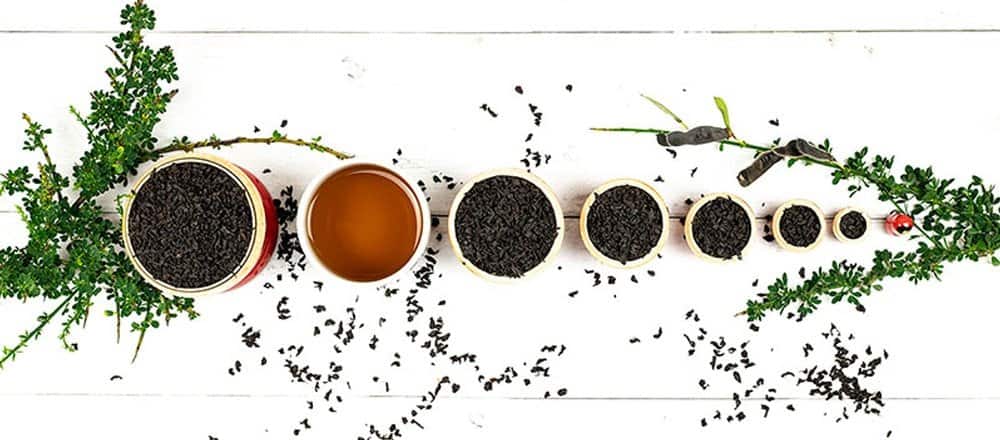
Types of Russian Tea
There are several types of Russian Tea worth noting. Most famous of all, though, is Russian Caravan Tea. The name of it derives from the Sino-Russian trade route first established in the 1600s.
This was a passage between the two countries involving merchant caravans travelling over 10,000 kilometres (6,200 miles) with large quantities of Chinese Tea. The journey often took 16 months at a time.
While the quickest route took the laden men and camels along the southern borders of Odessa, the Tea suffered in the moist air and climate. Taking the route via Siberia, therefore, ensured the integrity of the leaves due to the colder, drier weather.
At night, the traders rested by the side of the roads. They made fires to warm and comfort themselves. However, the Tea nearby absorbed the fire’s smoke.
It took on new characteristics never before seen. The smokiness from the flames transcended upon brewing, creating full-bodied notes and an equally bold finish.
The Russian Caravan Tea taste we know and love today had been born – yet, at first, the traders believed they’d ruined their product. It wasn’t until they arrived in Russia that these men realised their accidental genius.
The locals ended up falling in love with this new “invention”. It evoked pleasant images of warm, toasty fires and good tobacco in the dead of winter.
What the traders had initially thought to be a failure had become an instant success. Even now, Russian Caravan Tea enthrals and inspires. But there are other types of Russian Tea, too, including Russian Earl Grey Loose Tea and Rosebay Willowherb Ivan Tea.
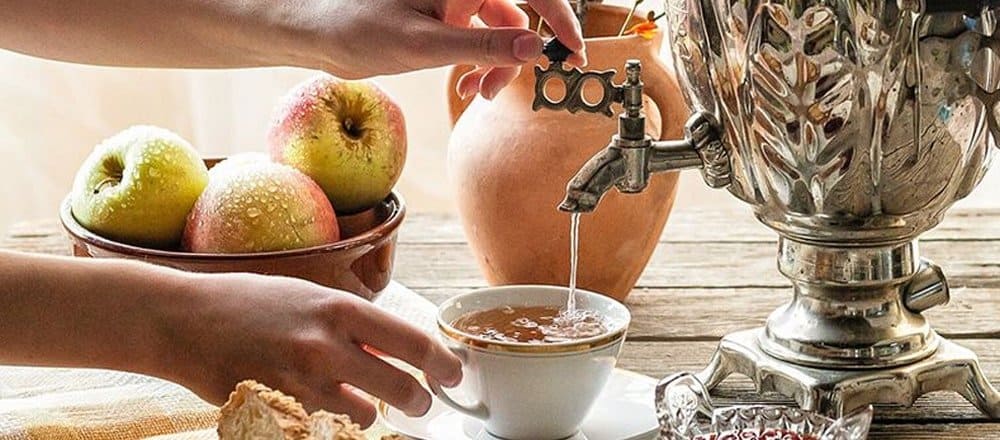
Russian Tea Urn or Samovar
We now know the answer to the question, “what is Russian Caravan Tea?” Next, we will discuss how to brew it. While most people elsewhere would merely put the kettle on, pour the water into a mug and let it infuse, things are a little different in Russia.
They instead use a Russian Tea Urn or Samavar (translated to mean “self-brewer”), which is a traditional device to boil water.
A Samovar tends to be made from metal. However, older examples were created with pottery – such as one discovered in modern-day Azerbaijan dating back around 3,700 years.
The first copper version came about in 1778, which was manufactured by the renowned Lisitsyn brothers in Tula. Others were the product of brass, iron, nickel, silver and even gold (which kind a family had depended on social status).
A Russian Urn, regardless of the material used to make it, should, according to tradition, sit on a separate stand near the host’s place at the table. During friend or family gatherings, having it close by enables easy access when serving one’s guests Russian Tea.
If you have a Russian Urn or Samovar, consider following these instructions next time you’re entertaining:
1, Boil Water in the Samovar.
Traditional Russian Tea Urns have a metal pipe running vertically through the middle. This should be filled with solid fuel such as charcoal, wood chips or pine cones for burning.
2, Rinse the Inside of the Teapot.
Use more boiling water from the Samovar to rinse through your Teapot.
3, Put Tea Leaves into an Infuser.
Add Loose Leaf Tea into an Infuser and then place this accessory in the Teapot.
4, Pour More Water to Start Brewing.
You can now pour more water into the Teapot, thus allowing the leaves to steep. This can take place for up to 15 minutes, whereby you place it on top of the Samovar to simmer.
5, Consider Additions.
Few Russians drink their Tea “pure.” They instead add Russian Caravan Tea ingredients such as sugar cubes – placed between the teeth, not in the cup – lemon slices or varenye. The latter condiment is a whole fruit jam preserve.
6, Think About Teaware.
Most would consider it undignified to serve Russian Tea in an everyday mug. You’ll want special glass ones, porcelain cups or even Tea saucers.
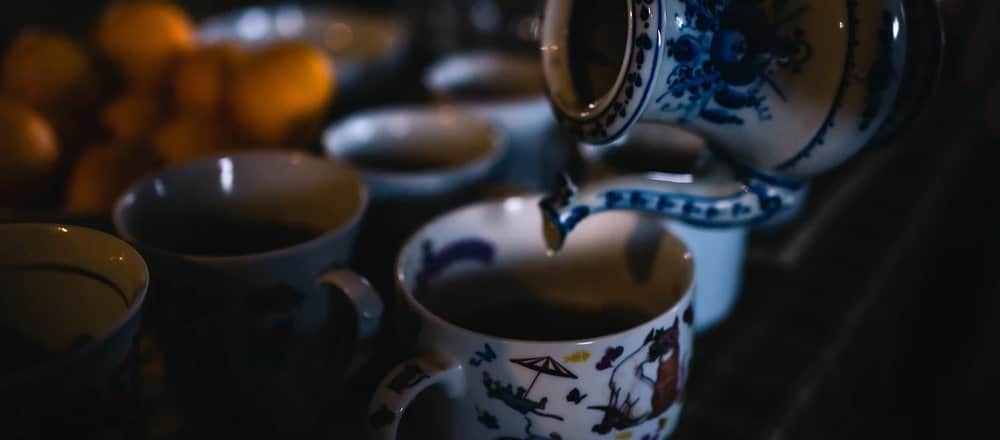
Benefits of Russian Caravan Tea
Whether you choose Russian Caravan Loose Tea, Russian Caravan Tea Bags or another type altogether, you can expect more than great taste. This is because, according to the latest scientific research, they come with Black Tea benefits.
The reason, for the most, is their abundance in vitamins, minerals and other antioxidants, which combat free radicals in the body.
Free radicals, in turn, are unpaired (and unsafe) electrons introduced into the body by natural, though harmful, oxidative stress. They latch onto healthier electrons, thereby destabilising them.
Such a chain reaction increases the risk of numerous chronic conditions, including heart disease, type-2 diabetes and cancer. Russian Caravan Tea health benefits, however, offer you protection against these effects.
But that’s not all on offer here. A study from the National Academy of Sciences, USA, suggests that it supports the immune system. Research from the American Journal of Clinical Nutrition, meanwhile, notes its ability to enhance brain function.
Then there is evidence from the European Journal of Clinical Nutrition indicating that it boosts the metabolism of fat cells – in other words, weight loss.
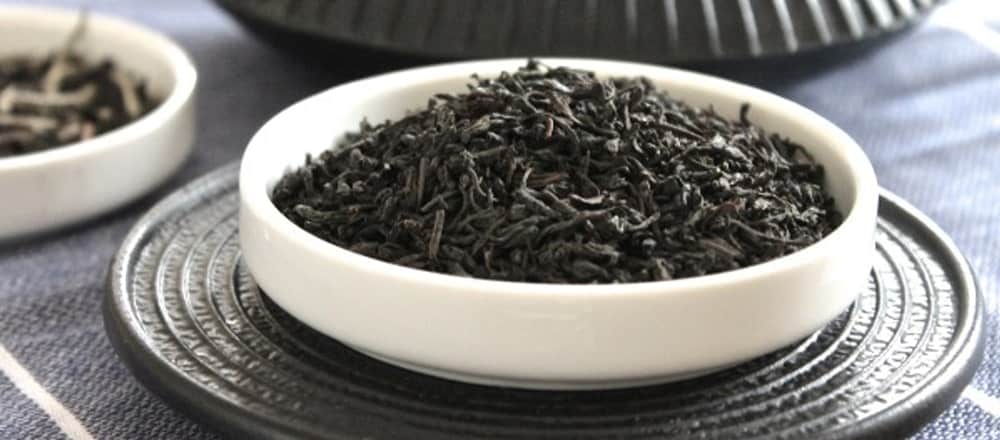
Conclusion
Russian Tea isn’t (usually) a type per se; rather Tea that is popular in Russia. The practice of enjoying a cuppa over there dates back many hundreds of years, particularly when it comes to Russian Caravan Loose Tea.
However, there are other popular varieties, including (but not limited to) Rosebay Willowherb Ivan Tea – a Herbal Tea. Tradition dictates that you use a Russian Tea Urn or Samovar to make a brew.
Are you ready to explore this remarkable world for yourself? Look no further than The Kent and Sussex Tea and Coffee Company. If convenience is important to you, why not try our Russian Caravan Tea Bags?
Alternatively, anyone who likes their Tea unmistakably strong should think about buying Smoky Russian Caravan Tea. Whatever you decide, you can count on us to deliver.

 Loose Leaf Tea
Loose Leaf Tea Pyramids
Pyramids Tea Bags
Tea Bags Africa
Africa Assam
Assam Ceylon
Ceylon Chinese
Chinese Darjeeling
Darjeeling European
European Indian
Indian Japan
Japan Nepal
Nepal South East Asia
South East Asia Ayurveda Tea
Ayurveda Tea Black Tea
Black Tea Chai Tea
Chai Tea Flowering Tea
Flowering Tea Fruit Tisanes
Fruit Tisanes Green Tea
Green Tea Herbal Tea
Herbal Tea Matcha Tea
Matcha Tea Oolong Tea
Oolong Tea Organic Tea
Organic Tea Pu erh Tea
Pu erh Tea Rooibos Tea
Rooibos Tea White Tea
White Tea Asian Coffee
Asian Coffee Caribbean Coffee
Caribbean Coffee Central American Coffee
Central American Coffee South American Coffee
South American Coffee Coffee Blends
Coffee Blends Decaffeinated Coffee
Decaffeinated Coffee Espresso Coffee
Espresso Coffee Ethically Sourced Coffee
Ethically Sourced Coffee Flavoured Coffee
Flavoured Coffee Organic Coffee
Organic Coffee Single Origin Coffee
Single Origin Coffee Chocolate 1
Chocolate 1 Chocolate 2
Chocolate 2 Chocolate 3
Chocolate 3 Chocolate 4
Chocolate 4 Chocolate 5
Chocolate 5 Chocolate 6
Chocolate 6 Chocolate 7
Chocolate 7 Chocolate 8
Chocolate 8 Chocolate 9
Chocolate 9 Loose Tea Filters
Loose Tea Filters Tea Accessories
Tea Accessories Tea Bricks
Tea Bricks Tea Caddies
Tea Caddies Tea Caddy Spoons
Tea Caddy Spoons Tea Gift Ideas
Tea Gift Ideas Tea Infusers
Tea Infusers Tea Strainers
Tea Strainers